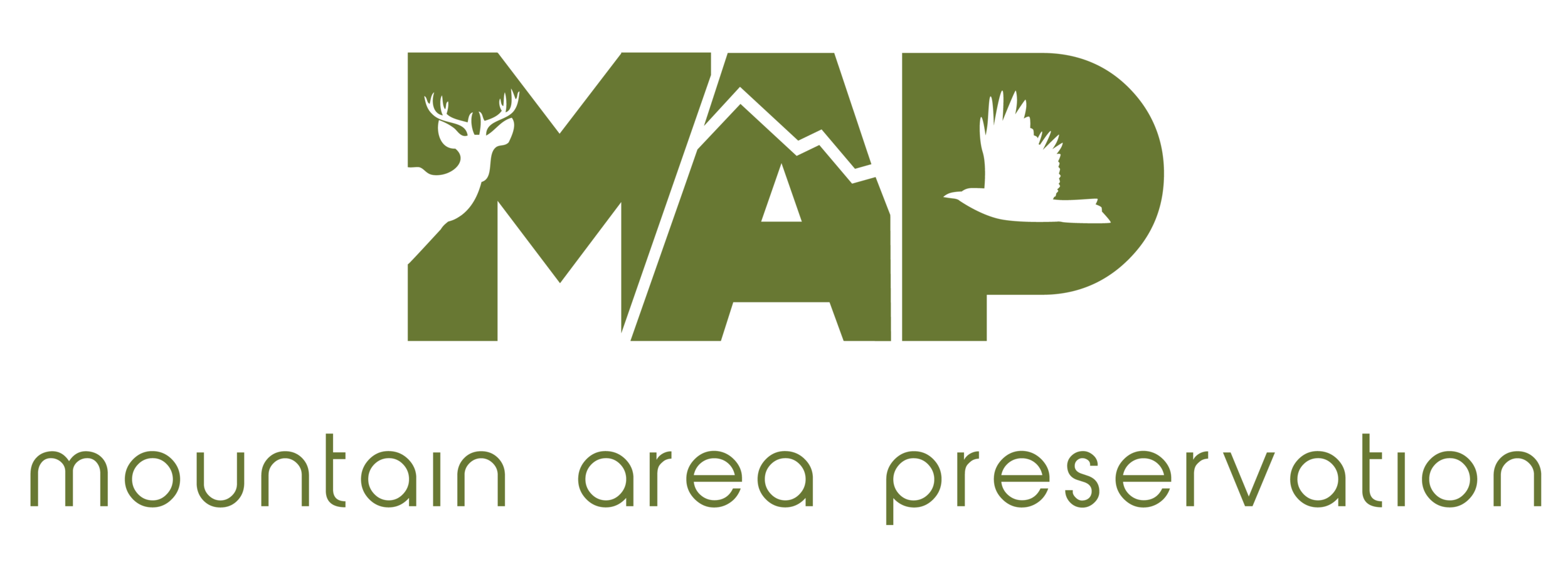OPEN SPACE
What is Open Space?
Open Space is an area of land that is not developed. Open Space includes working landscapes, such as forestlands, farms, parks, greenways, trails, urban green spaces, historic areas, natural areas, scenic overlooks and wetlands. By advocating and protecting open space we are maintaining our quality of life for present and future generations.
Open Space Benefits
Open Space has dozens of benefits to the people, the economy, the community and the environment. Protecting Open Space attracts investment. Parks and open space create a high quality of life that attracts tax-paying businesses and residents to communities, while open space and trails raise property value. Recreation based tourism is a critical part of many local economies. Outdoor recreation wouldn’t be possible without accessible, protected open space.
Urban parks, gardens, and recreational open space also stimulate commercial growth and promote inner-city revitalization, while enhancing public health. Nearly half of Americans get less than the recommended minimum amount of physical activity. Open space and parks play a critical role in helping residents and visitors get outside and become active.
Open space conservation is often the cheapest way to safeguard drinking water, clean the air, protect wildlife and achieve other environmental goals. Preservation helps communities prevent the higher costs of unplanned development. For example, keeping floodplain as open space offers a cost-effective alternative to expensive flood-control measures or costly property damage. Protecting agricultural lands safeguards the future of farming economies and communities.
To learn more about MAP’s Open Space protection victories, click here.
Open Space Resources
Lerner, Steve and William Poole. The Economic Benefits of Parks and Open Space. San Francisco: The Trust for Public Land, 1999.

